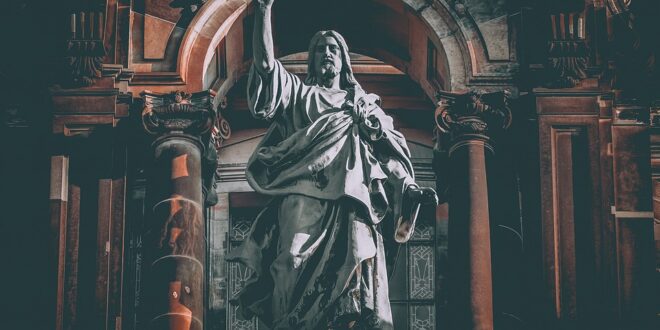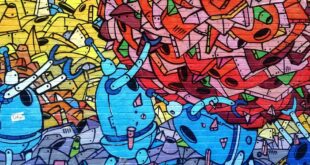The Evolution of the Form: From Ancient to Modern Times
Sculpture is a form of art that transcends time and space, capturing the essence of human emotion, movement and expression. Though it has evolved through the centuries, the basic anatomy of sculpture remains the same. The iconic form of this artistic medium continues to fascinate and captivate artists and art enthusiasts around the world.
The Conceptualization of the Art Form
Sculpture emerged in the ancient world as a way to give lasting expression to the human body, spiritual beliefs and ideas about the divine. The Greeks and Romans embraced sculpture as a medium to celebrate the classical ideal of man. The art form broke from the static images of god gazing down from a perch, with human forms posed in relaxed, natural postures.
New Forms and Styles of Sculpture
Modern styles of sculpture found their roots in the Renaissance. The human form was again celebrated with intricate detail and vigorous poses, and sculptures became almost as lifelike as natural beings. Artists worked diligently with light and shadow to create realistic images and connect with audiences. In the 20th century, sculpture evolved again into new and unusual forms. The modernist movement, which broke boundaries between the conceptual and aesthetic, resulted in sculptures that often hinted at a deeper meaning beyond their material form.
The Anatomy of Sculpture
Sculpture is, at its core, a three-dimensional art form. This medium uses materials such as stone, metal, and found objects to create sculpture’s historical sculptural representation. Each piece may also incorporate other materials, such as light or videos, to suggest another understanding of what the work aims to convey.
Creation of Sculpture
The process of creating a sculpture is rarely static, it progresses and flows depending on the artist’s vision. Whether starting from a solid piece of stone or working out of wedges of just-made clay, the process of creating a sculpture remains meditative and mentally taxing, no matter how otherworldly its final form may appear.
Interpreting the Anatomy of Sculpture
The forms and stylistic motivations seen in sculpture reflect vitality and liveliness; they engage communities and open the door for understanding other aspects of the canons of visual art. When perceived not only through the anatomical or physically present parts, but with emotion, understanding, and interpretation, sculpture is a fundamentally life-affirming endeavor.
 Mind Uncharted Explore. Discover. Learn.
Mind Uncharted Explore. Discover. Learn.




